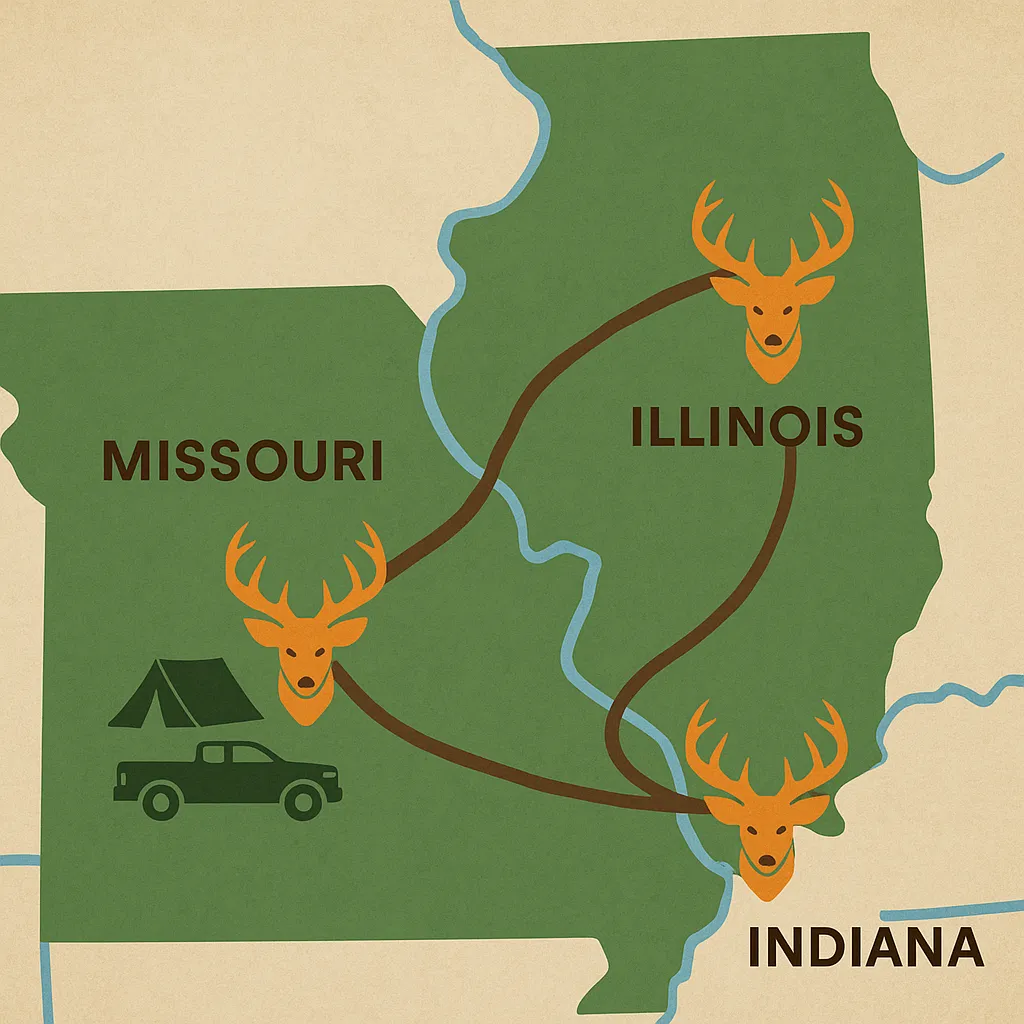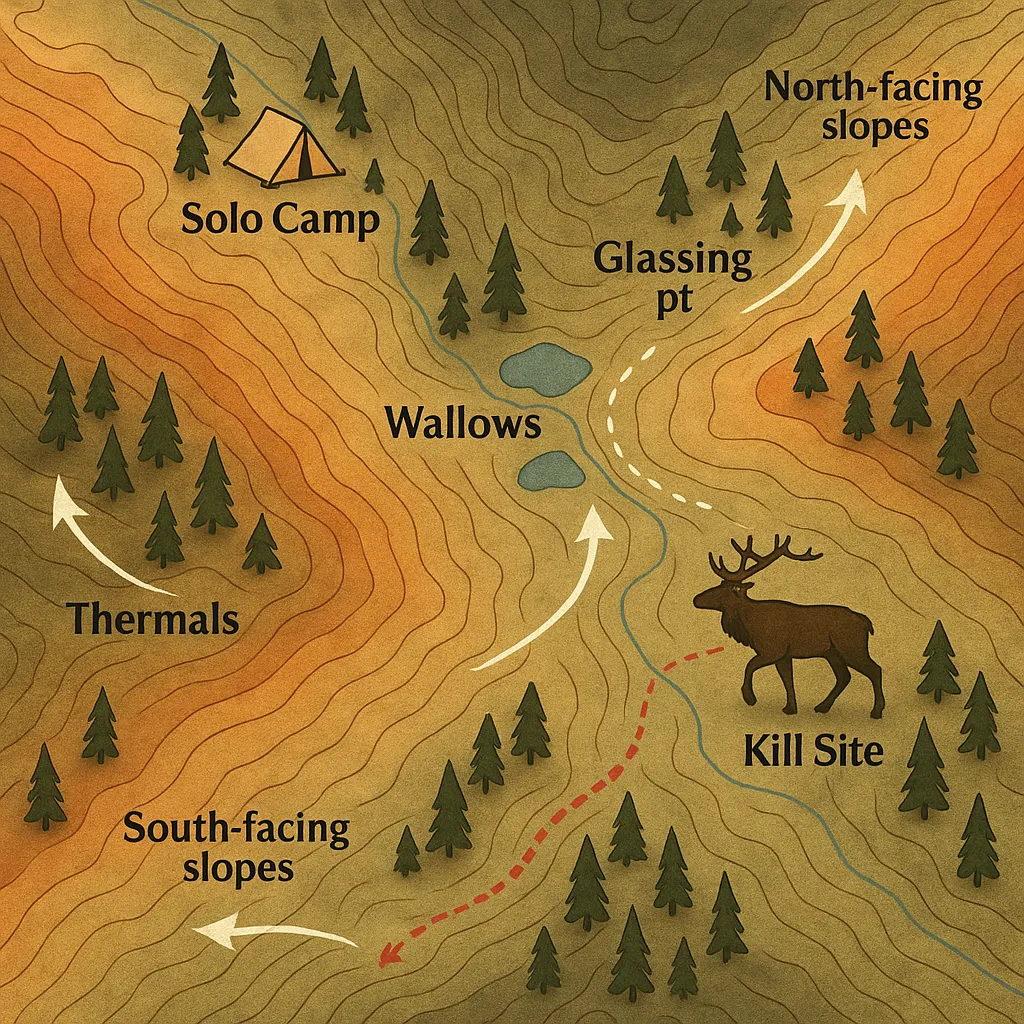
Night Vision, Public Land, and Hogs: What Really Happened at 2AM
Hunting public land hogs at night is like flipping a coin with your adrenaline. You either get a clean kill under starlight—or a chaotic encounter that makes you rethink everything. At 2:00AM last March, deep in East Texas WMA, I found out what happens when the gear works, the hogs commit, and nothing goes as planned.
This isn’t just a story—it’s a reminder that when you hunt hogs after dark, nothing is guaranteed but the shot you’ve earned.
🌒 The Setup: East Texas, Late March, 82°F
We’d been getting daylight and crepuscular movement on the cell cams—mostly lone boars pushing through mesquite thickets and creek bottoms. But the bigger groups were all showing up between 1AM and 3AM, just after moonrise.
The plan was:
-
Drop in at 11PM
-
Hike 1.2 miles to a dried-out slough
-
Set up facing a windward trail intersection
-
Go quiet, wait, and use thermal scanning to pick up heat signatures
🎙️ “It wasn’t my first night hunt, but it was the first time I felt like I was walking into someone else’s territory.”
🧤 The Gear: Lightweight, Lethal, and Silent
| Gear | Why It Mattered |
|---|---|
| Pulsar Axion 2 Thermal | Quick scanning + long-range detection |
| ATN X-Sight LTV (IR scope) | Great clarity with onboard recording |
| .300 Blackout suppressed | Subsonic rounds, zero spook on first shot |
| Tactacam Reveal XB | Sent the final image ping before we left camp |
| Sitka Equinox Guard system | Hot weather + bug protection after midnight |
🐗 2:00AM: Thermal Flash and Chaos
We were set up on the leeward side of a brush choke, thermal scanning every 90 seconds. At 2:03AM, I caught a flash of heat—four blobs pushing fast from the opposite cedar ridge.
I switched to the scope, found the lead sow, and waited until the pack funneled into a clear lane.
First shot broke the silence. Clean hit.
The group scattered, but instead of bolting, they circled—a big boar reappeared 30 yards left of the first shot. I adjusted, held steady, and fired again.
🎙️ “They didn’t spook like deer. They recalculated. That’s the part that sticks with me.”
🔁 The Aftermath: Recovery and Reality
We found the sow 40 yards into a brush pile. The boar was DRT, center-mass. Two more hogs crossed behind us and vanished into the creek bed. Total time from first visual to recovery: 11 minutes.
By 3:30AM, we had both hogs on a sled headed back to the truck.
🎙️ “It felt more like a military op than a hunt. And I’d do it again tomorrow.”
🧠 What I Learned Hunting Hogs at 2AM
✔️ Thermal > IR for movement detection – Especially when heat mirage isn’t an issue
✔️ Hogs use wind more than you think – They circled into it before committing
✔️ Suppressors change everything – The second hog stepped out 90 seconds after the first shot
✔️ Public land isn’t empty at night – Tracks don’t lie, and you’re never truly alone out there
✔️ Movement rhythm matters – That 90-second scan loop gave us time to stay hidden and react
🌟 Final Shot: Night Hunts Aren’t for Everyone
There’s a reason most hunters head home when the sun sets. The woods feel different at night—closer, heavier, more alive. But if you’ve got the gear, the patience, and the nerve, those hours between midnight and dawn offer something you won’t find anywhere else.
“The night doesn’t care how good you are. Only how quiet, how ready, and how fast.”
Leave A Comment
Related Posts
Calling Coyotes with My Kid: What I Learned About Hunting—and […]
Three States, Three Tags, One Truck: My Mobile Hunt Across […]
Camping Solo and Hunting Smarter: A Week on Colorado’s DIY […]





